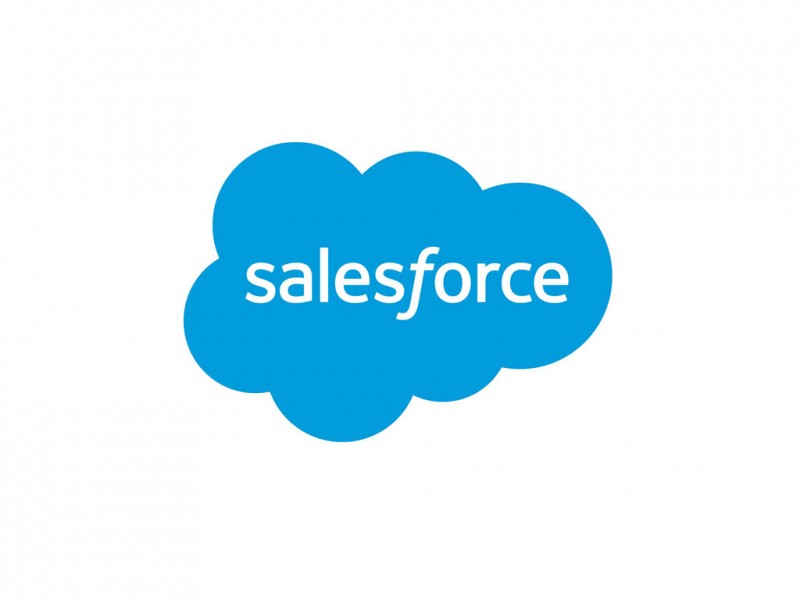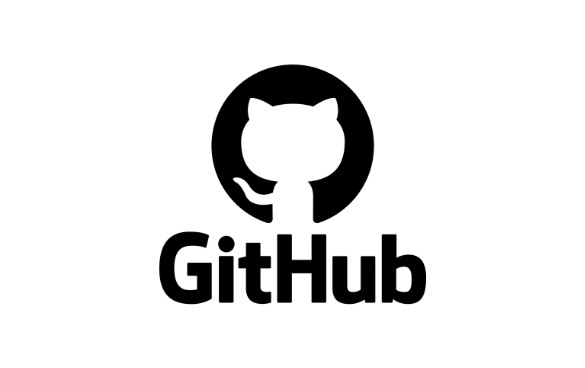
Field Service is ripe for agentic transformation, with 47% of appointments not going according to schedule and 66% of technicians feeling burned out at least monthly
In a new Salesforce survey, tradespeople and technicians estimate they waste more than seven hours per week — nearly a full work day — on inefficient, unproductive, or low-value tasks, like inputting manual data or summarizing jobs. Based on the U.S. average hourly wage at the time of writing, this translates to a weekly loss of over $260,000 at a company with 1,000 full-time technicians.* In fact, the data show these skilled professionals spend as much time on administrative tasks and information gathering as they do on the highly skilled work they are paid to do.
AI agents — which can understand and respond to inquiries without human intervention — have emerged as a potential lifeline. Salesforce’s survey of 350 technicians and tradespeople in the United States also reveals an overwhelming enthusiasm among this workforce for AI agents to ease their burdens and scale their impacts: 81% believe AI agents can help them do their jobs more efficiently.
Why it matters: The U.S. is in the midst of a prolonged and intensifying shortage of skilled tradespeople and technicians, ranging from plumbers and technicians to home health aides who care for an aging population. To maintain or grow their businesses, field service organizations have to accomplish as much or more with fewer workers.
Salesforce perspective: “Technicians and other workers in the field are the backbone of our economy. Yet, amid a growing skilled labor shortage, a tightening economy, and rising materials prices, they are being stretched thinner than ever before,” said Taksina Eammano, EVP & General Manager of Field Service at Salesforce. “To maintain critical infrastructure and the level of service today’s consumers expect, AI is a necessity. Solutions like Salesforce’s Agentforce, which provide autonomous AI agents that can take on mundane and time-consuming tasks like scheduling, will take the busywork off the plates of these critical workers so they can focus on what really matters: keeping our world running.”
Solutions like Salesforce’s Agentforce, which provide autonomous AI agents that can take on mundane and time-consuming tasks like scheduling, will take the busywork off the plates of these critical workers so they can focus on what really matters: keeping our world running.
Taksina Eammano, EVP & General Manager of Field Service at Salesforce
By the numbers:
Administrative Work Is Burning Out Technicians
Along with information gathering — like job briefs — customer documentation, permit filings, and other administrative tasks require 30% of an average technician’s working hours — slightly more than the 28% they spend actually delivering or performing services. This balance between value-added work and tedious tasks is even worse in sectors like energy and utilities and telecommunications. As such, more than four in five workers (81%) report working overtime on administrative tasks at least monthly, leading 66% to feel burned out as often.
Even more concerning for this critical workforce? Thirty-seven percent go as far as saying that admin tasks keep them from doing their actual jobs.
The result is a scarce and stretched workforce that is under increasing pressure. Sixty-six percent of technicians and tradespeople say they experience burnout at least monthly, with those in certain sectors like manufacturing (71%) and the public sector (72%) reporting even higher rates.
Scheduling Is the #1 Efficiency Blocker
Scheduling conflicts like changes and cancellations rank as technicians’ top efficiency barrier. In fact, respondents estimate that nearly half (47%) of their appointments don’t go according to schedule. Thirty-eight percent say their schedules are often mishandled due to factors like customer miscommunication, unaccounted parts and inventory, or insufficient appointment length or travel times.
Even when appointments do go as scheduled, making them happen in the first place can be painstaking. In an age when technicians and customers alike are accustomed to instant gratification at the tap of a screen, technicians estimate it takes an average of 17 minutes to make an appointment in the first place, 14 to change it, and 12 minutes to cancel it. Respondents in some industries reported even longer times, including a staggering 20 minutes to make an appointment in telecommunications or 14 minutes to cancel one in energy and utilities.
AI Agents and Hands-Free Technologies Can Scale Technician’s Impact
Technicians were overwhelmingly enthusiastic after seeing a definition of AI agents and use cases.
“AI agents can autonomously schedule service appointments, optimizing scheduling and and intelligently filling gaps, help technicians more efficiently troubleshoot issues onsite to keep their days on track and reduce the number of return visits, draft those time consuming wrap-up reports, and so much more,” said Eammano.
In addition to efficiency gains, 80% believe they’d allow for greater focus on the more fulfilling aspects of their jobs that led them to their professions in the first place. In fact, respondents estimate AI agents could take 35% of their administrative tasks off their plate entirely — a savings of over two hours per employee, per standard 40-hour work week. Estimates were even higher in consumer business services (39%) – which includes skilled workers like contractors, plumbers, electricians — and manufacturing (39%) sectors.
In addition to agents, respondents are bullish on the impact of hands-free technology — like voice commands — that can empower them to ask questions and record information while keeping them focused on the task at hand:
- 94% of respondents believe hands-free technology would improve their efficiency
- 94% of respondents believe hands-free technology would improve their safety
- 93% of respondents believe hands-free technology would improve their quality
The customer view: AAA, The Auto Club’s technicians handle 6 million roadside events annually — more than 11 every minute. The company uses Salesforce’s Pre-Work Brief, which uses generative AI to surface the work order, customer, asset information, and more to technicians as they arrive onsite, cutting response time by five minutes, on average — a savings of 30 million minutes per year. And Axis Water, a water treatment supplier, has reduced go-backs by 20% and helped their technicians get out the door and on the road to customers 35 minutes faster each day by being more prepared and having the right parts. With Agentforce, Axis Water is also now able to take on bigger customers and plans to expand their business by 2.5x over the next five years.
Go deeper:
- Read the Agentforce for Field Service announcement
- Learn more about Agentforce for Field Service and read a Q&A that dives into how it works
- Read the State of Service report for more insights on the trends transforming customer service
- Check out the LinkedIn Live with Taksina Eammano on AI agents and the future of field service
- Watch these webinars with AAA and Guidion and see how they are using Agentforce for Field Service to streamline their operations
- Hear how CPI Security is making their technicians more efficient with Agentforce
Methodology: Data was sourced from a double-anonymous survey of full-time tradespeople and technicians in the U.S. Respondents included those in roles such as equipment installation, maintenance, and repair; trade work; public works; on-site medical care, and building inspection. Research was conducted from February 22 through March 6, 2025.
*Source: Bureau of Labor Statistics, U.S. Department of Labor, Average hourly and weekly earnings of all employees on private nonfarm payrolls by industry sector, seasonally adjusted, at https://www.bls.gov/news.release/empsit.t19.htm [visited March 27, 2025].
Blog Article: Here




